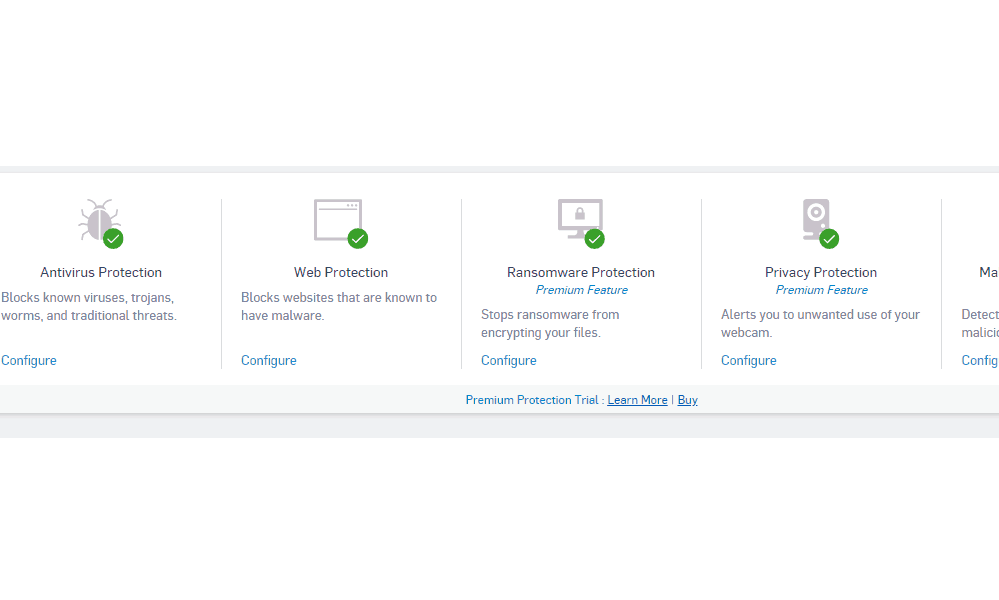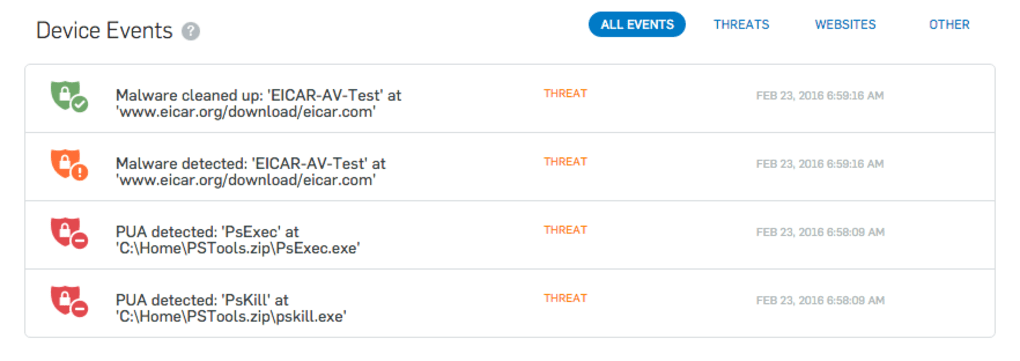
You can also reach the General tab by clicking Antivirus Protection on the Status tab. Exploit Mitigation and Ransomware Protection are reserved for paying customers (yes, there’s quite a lot that you don’t get unless you pay). This tab has four sub-tabs: General, Exploits, Ransomware, and Web. That leaves the Protection tab, the place where everything happens.

And Web Filtering lets you configure the parental control system, which I’ll discuss later.

Privacy is irrelevant, because the only feature on that page is not for free users. History displays a list of everything Sophos has done to protect you, with an option to filter on different event types. Free users can work with Antivirus Protection and Web Protection-the other three are Premium-only. The Status page features five large panels representing protective components. When you select a device you get a page with five tabs: Status, History, Protection, Web Filtering, and Privacy. You can share a link via email or install Sophos on the current device. The Dashboard displays your protected devices and offers two ways to extend your protection. With a Sophos Home Premium subscription, you can manage up to 10 installations.

There is a limit of three installations per subscription, but of course you could set up another subscription on a different email address if necessary. In a consumer setting, this lets you install protection for any friend or family member and take care of any problems without paying them a visit or trying to talk them through it over the phone. That makes perfect sense, given that in a business setting the IT department manages security remotely. With Sophos, you install a small local agent on each PC or Mac that needs protection and manage all the settings from an online console. Best Hosted Endpoint Protection and Security Software.


 0 kommentar(er)
0 kommentar(er)
